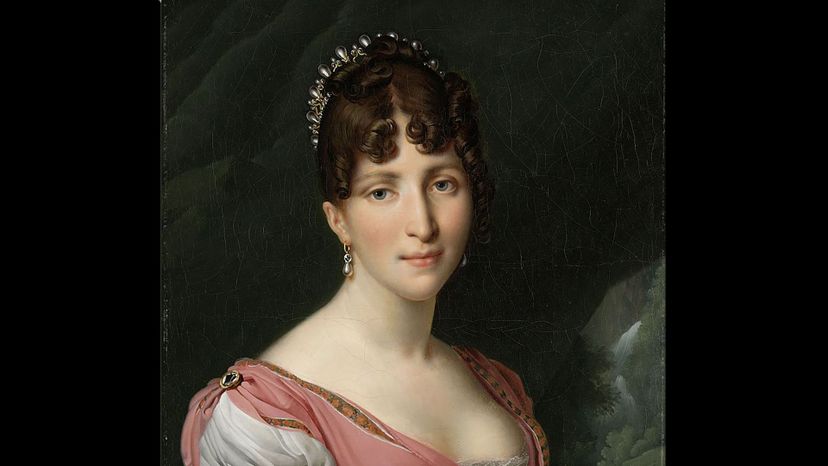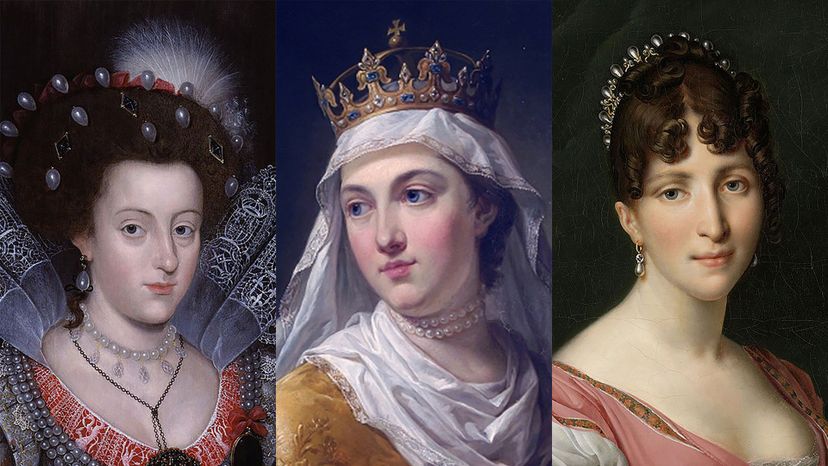
About This Quiz
MIGHTY beyond words, queens sit at the very apex of royal power. These women, through fortune of birthright or marriage, have ascended to the loftiest heights possible, and theirs is both the privilege and the burden of leadership. Even though the age of monarchy is mostly behind us, those who study history cannot help but marvel at the extraordinary willpower, intellect and political acumen of these bold leaders as they proved themselves time and again to be the equal of any man.
Herein you will find the stories of dozens of queens, each one of them unique. You will find brilliant courtiers, scintillating patrons of the arts, passionate students of theology and yes, even fierce military leadership. In the face of prosperity, they blossomed. In the face of struggle, they persevered for family, for God, and for their nations. And, unfortunately, sometimes they lost their very heads.
How much do you think you know about these incredible women? With gloves of silk and hearts of steel they ruled, and now the details of their lives are here both to test and to add to your knowledge. Can you grant these great ladies the recognition they so deserve?Â
FOR THE QUEEN!
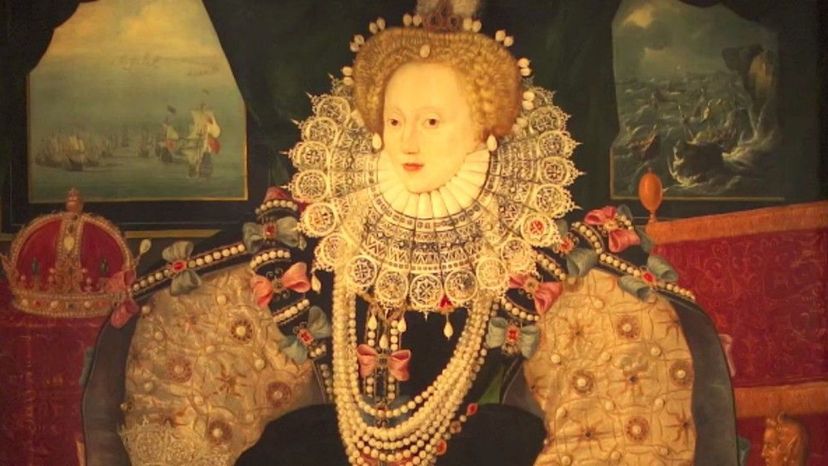
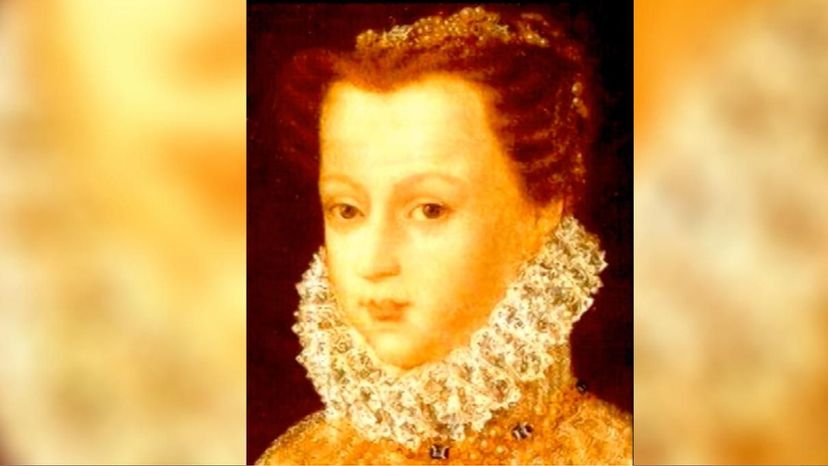

Advertisement
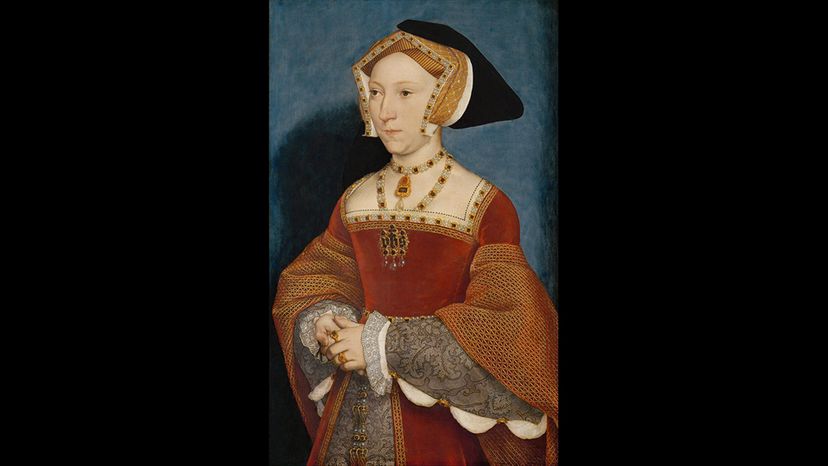
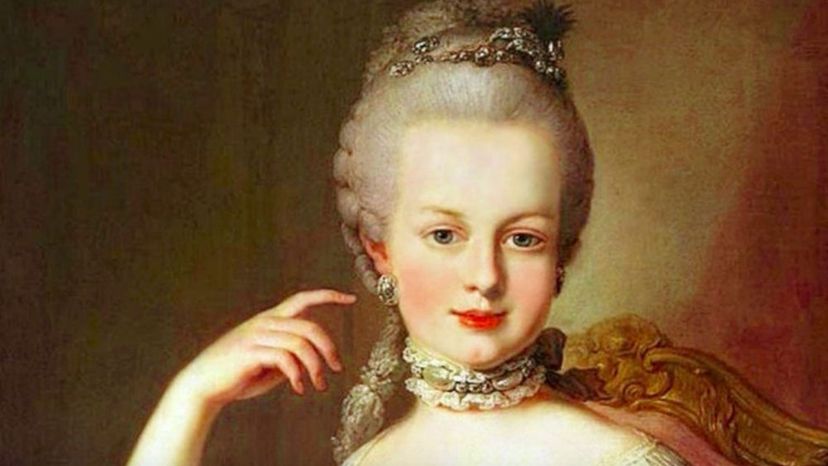

Advertisement
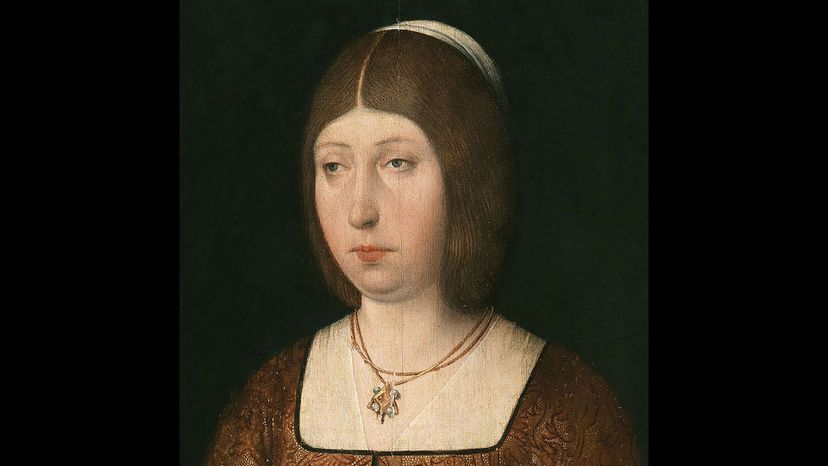
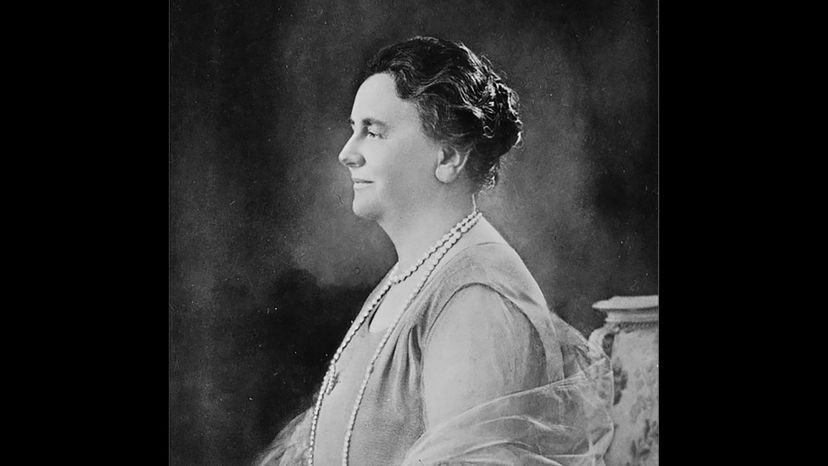
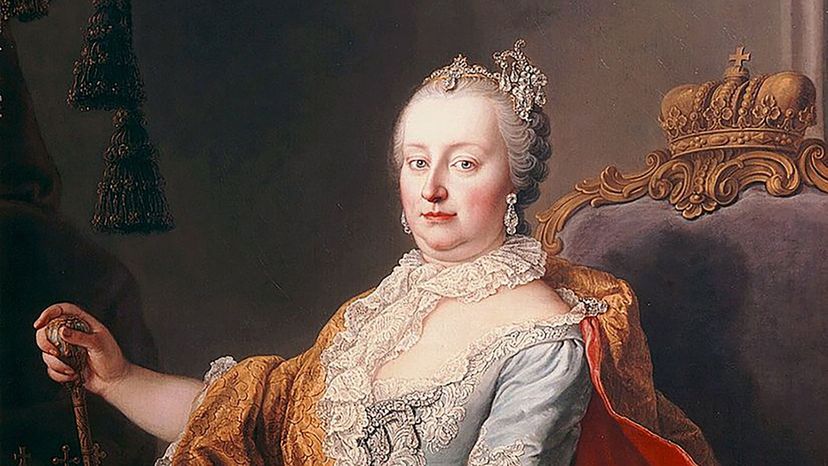
Advertisement
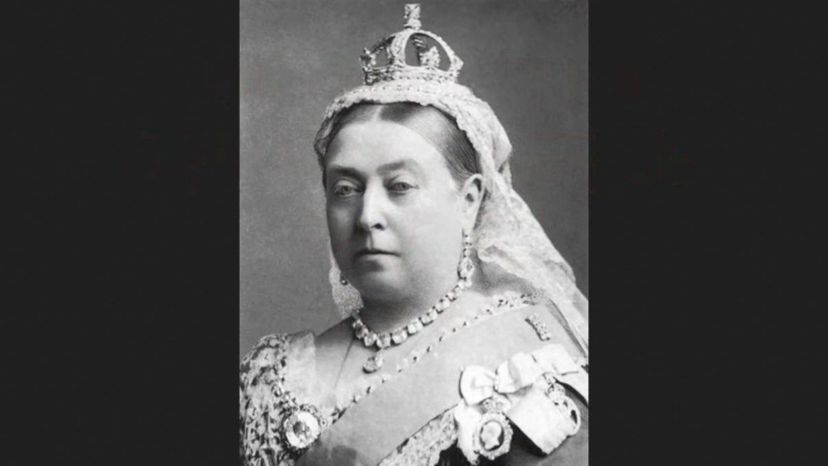
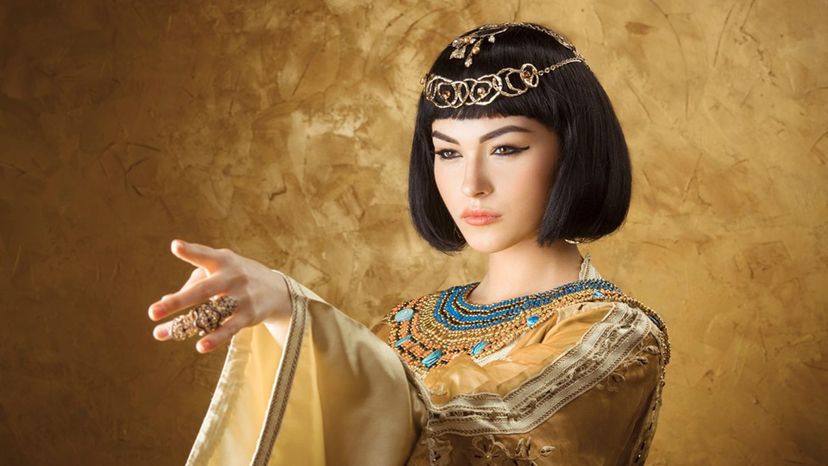
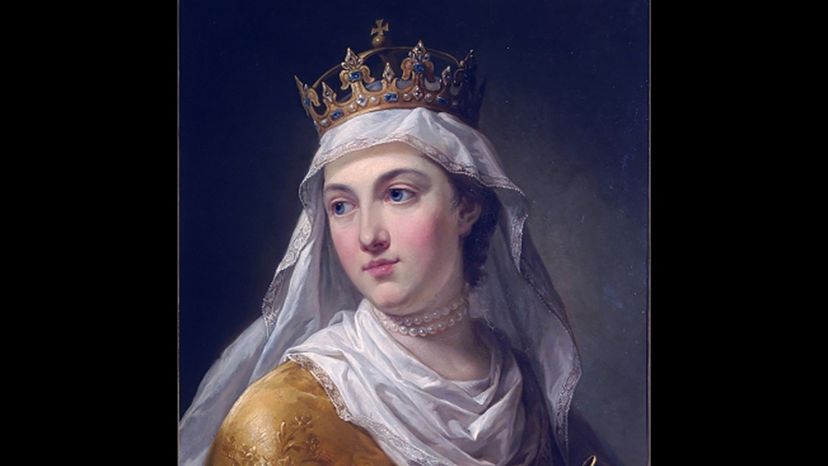
Advertisement
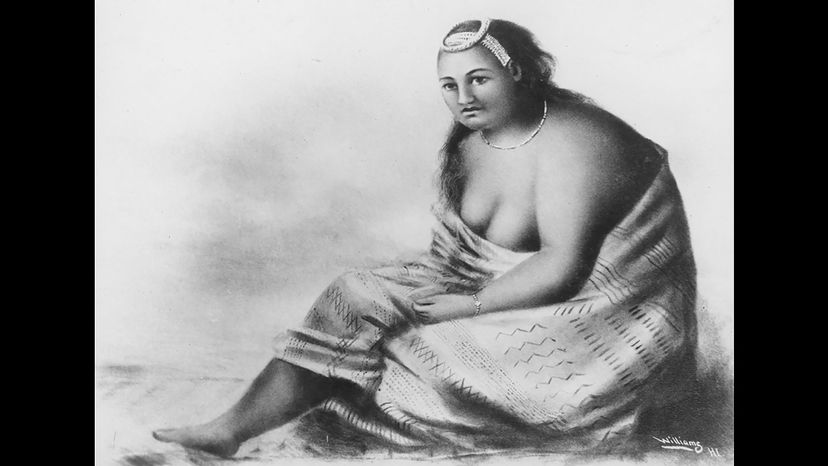
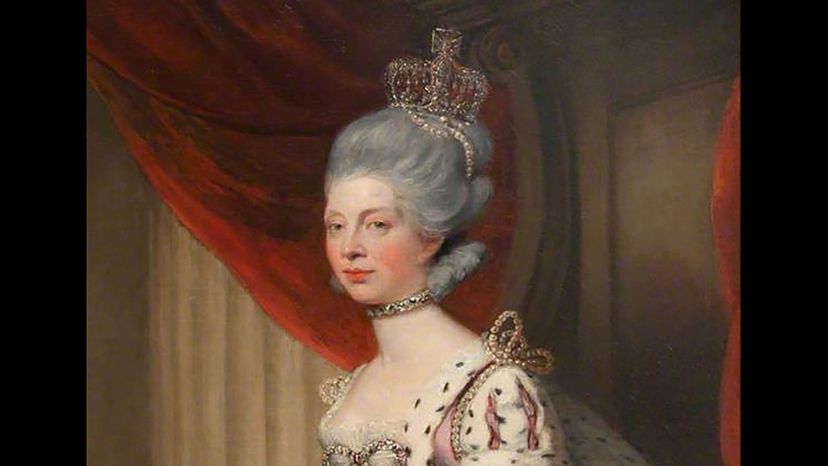
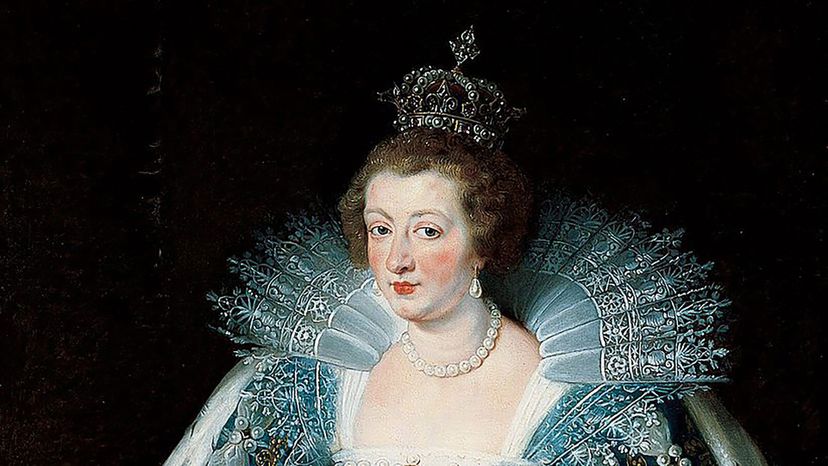
Advertisement
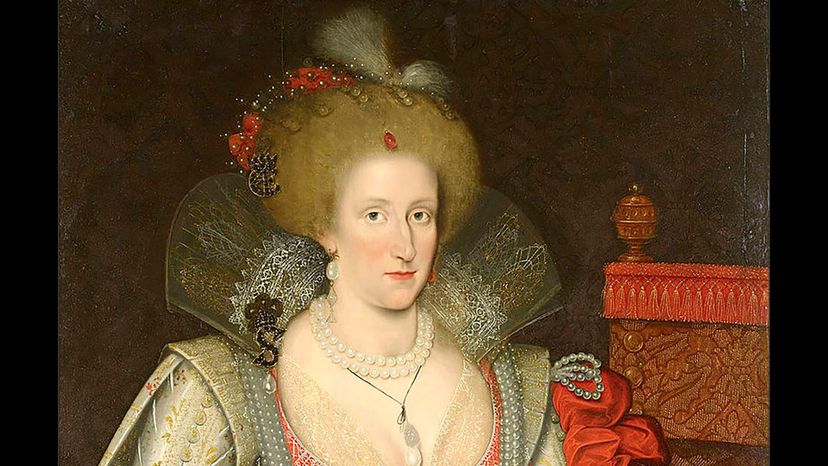
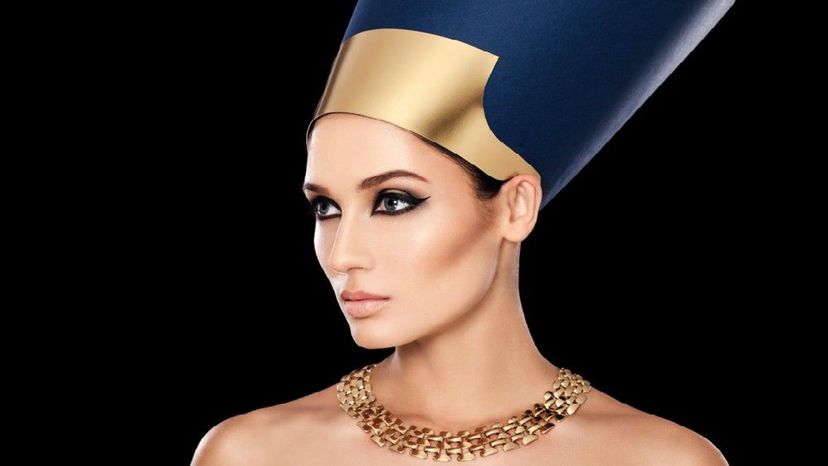
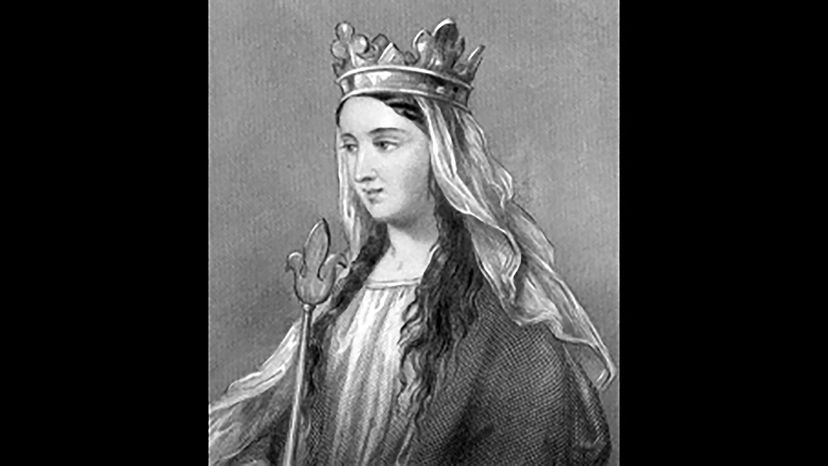
Advertisement
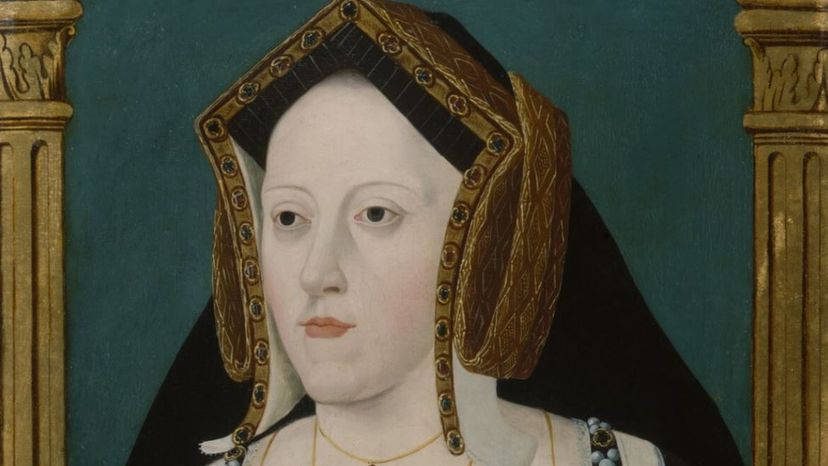
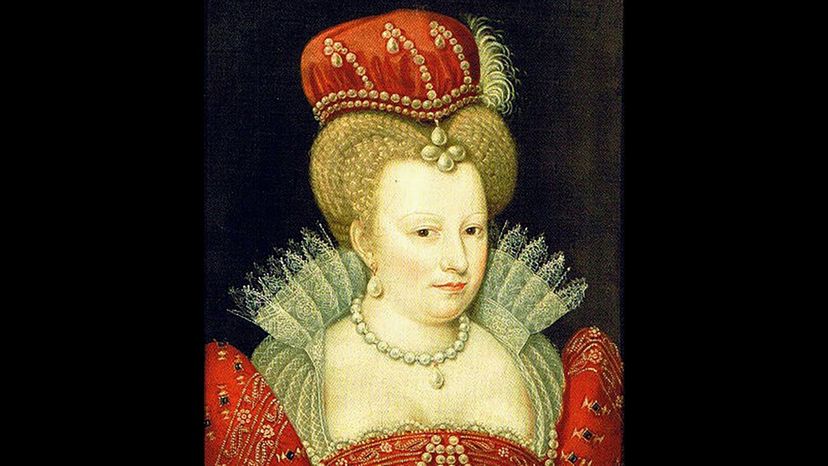

Advertisement
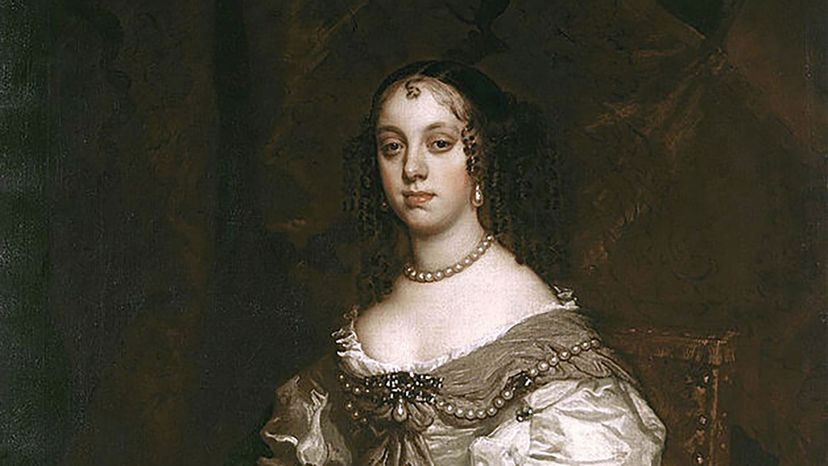
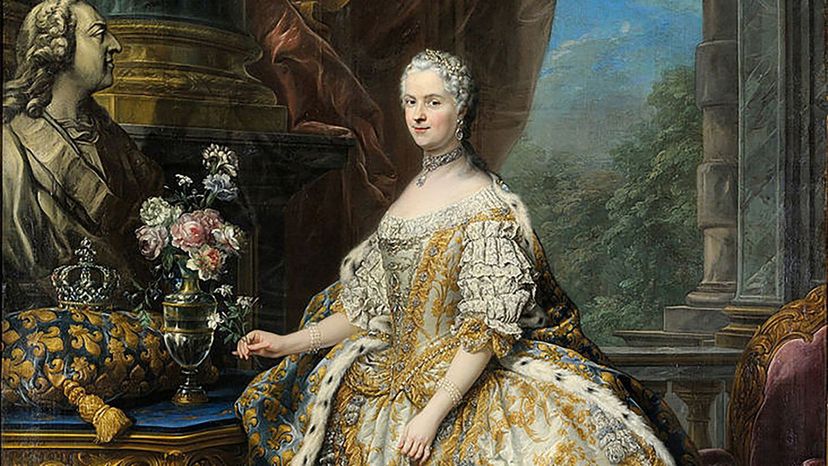
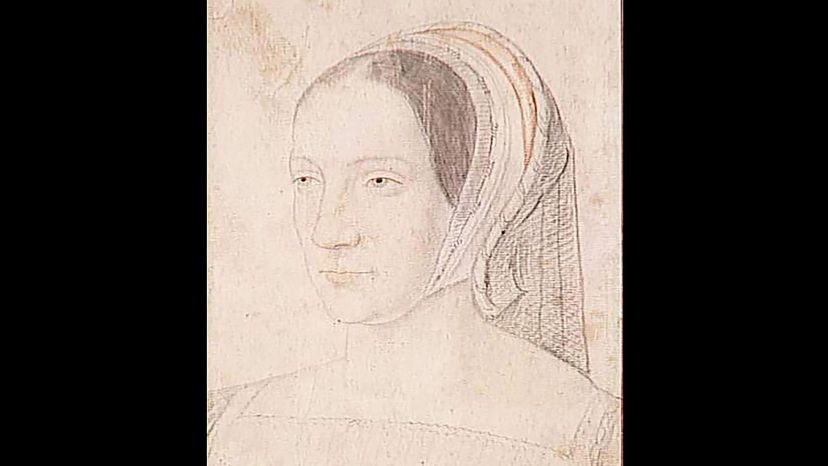
Advertisement
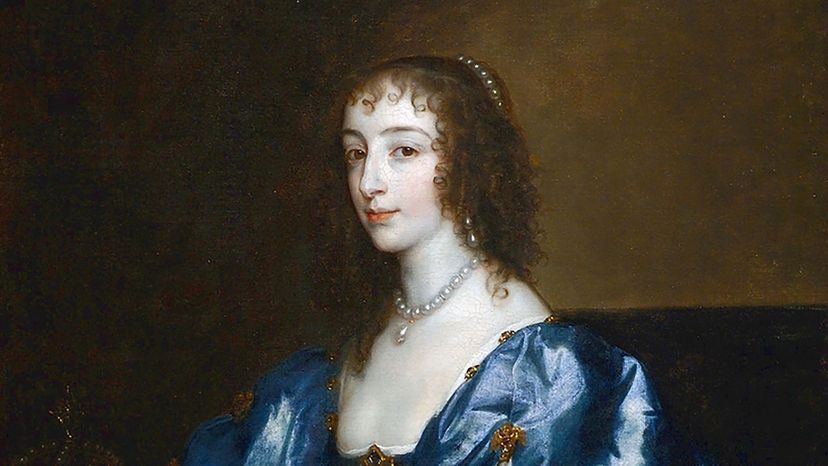
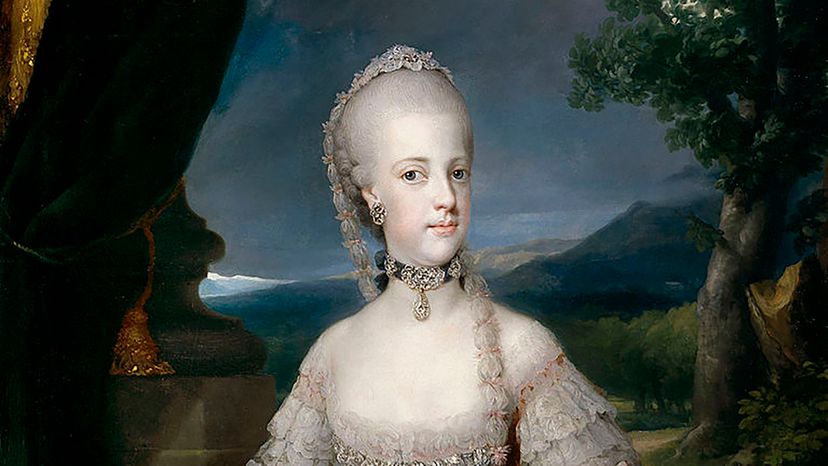
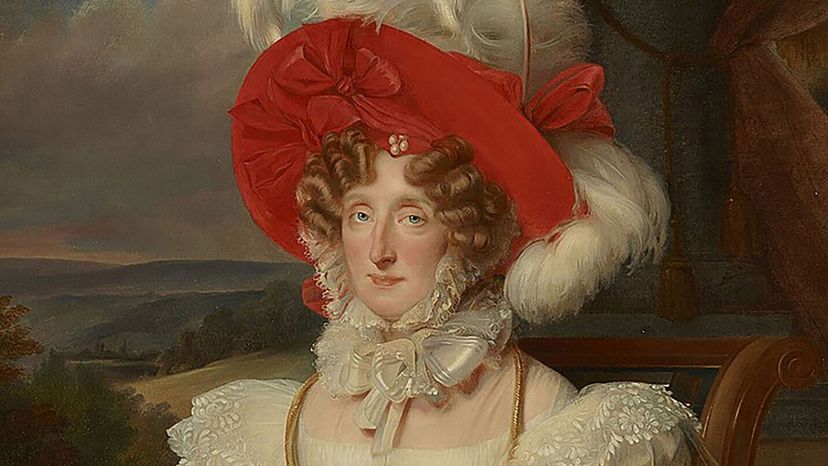
Advertisement
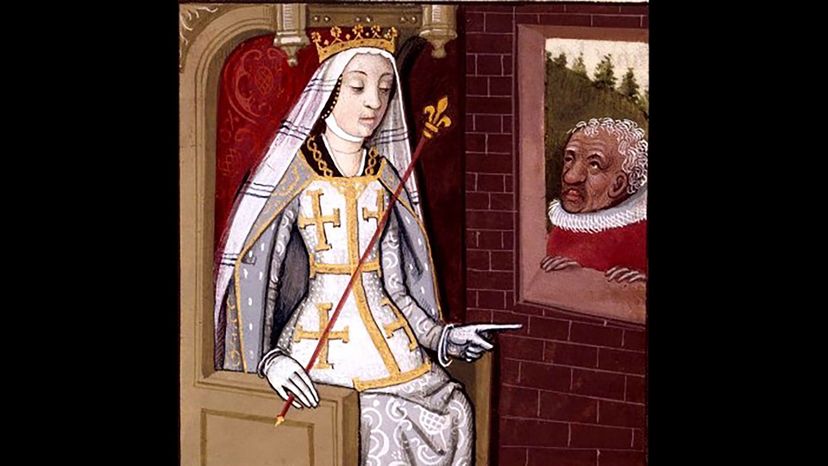
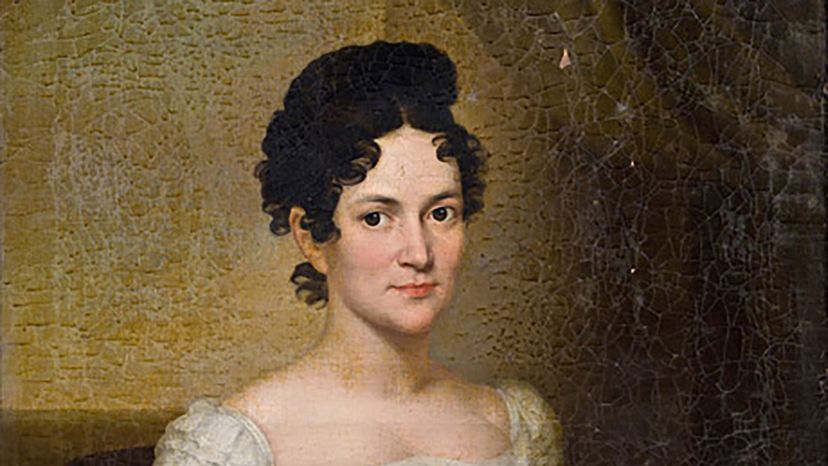
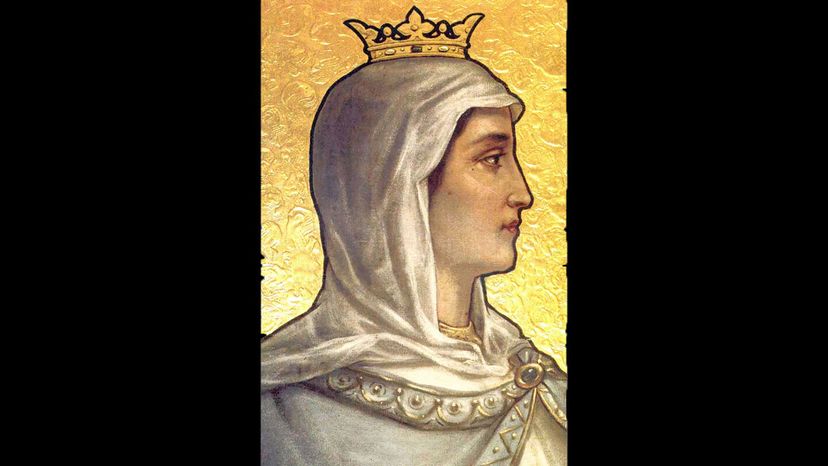
Advertisement
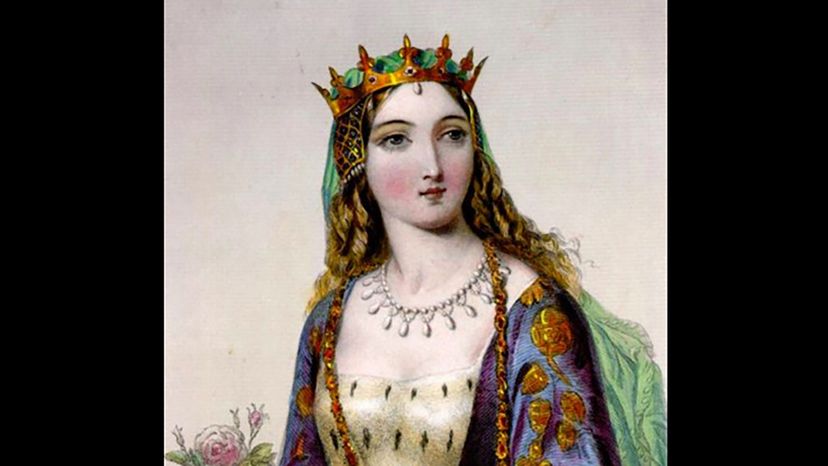
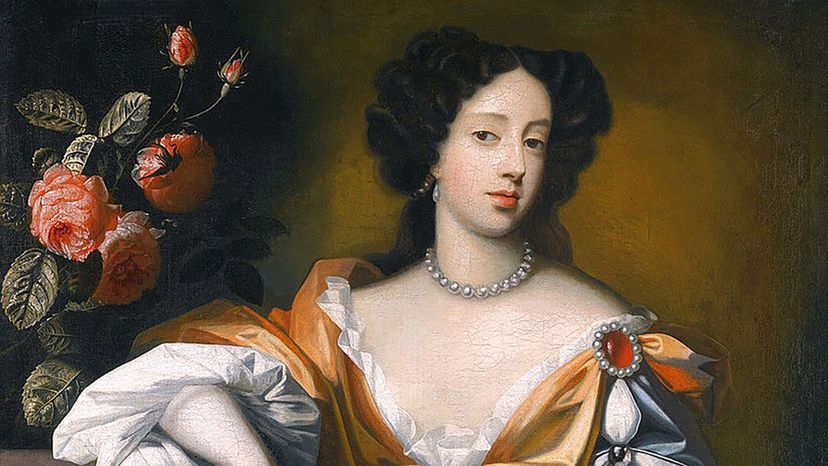
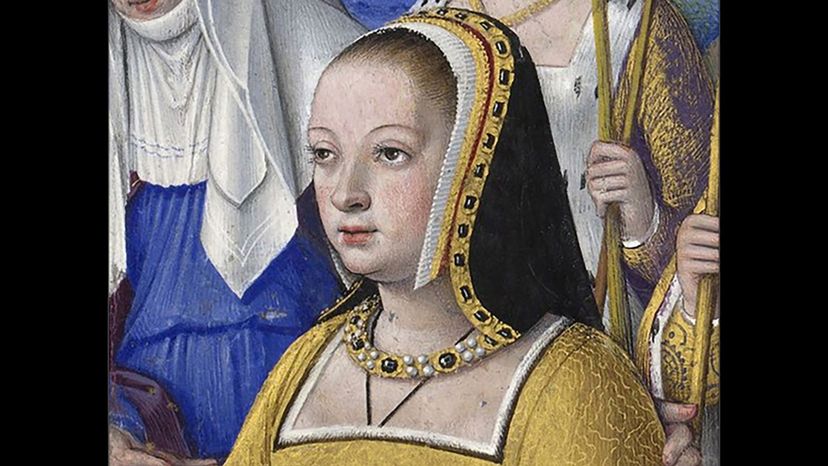
Advertisement

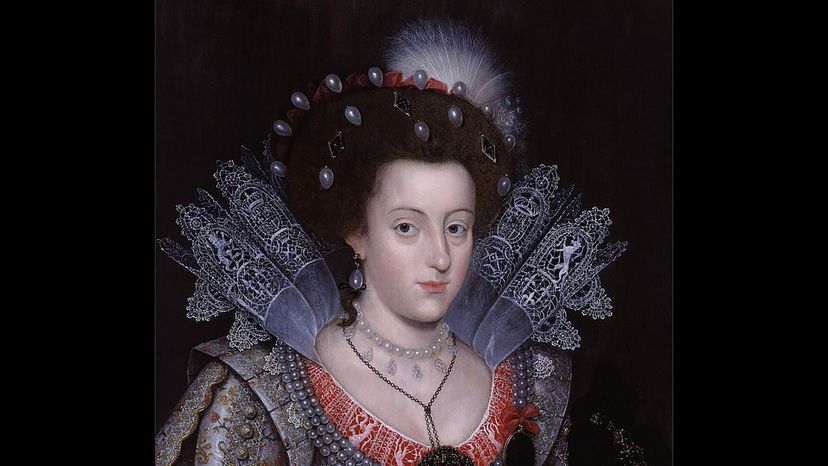
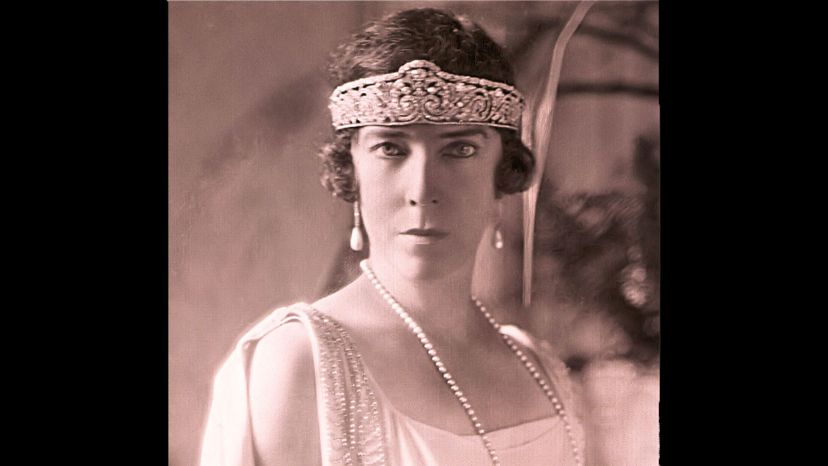
Advertisement
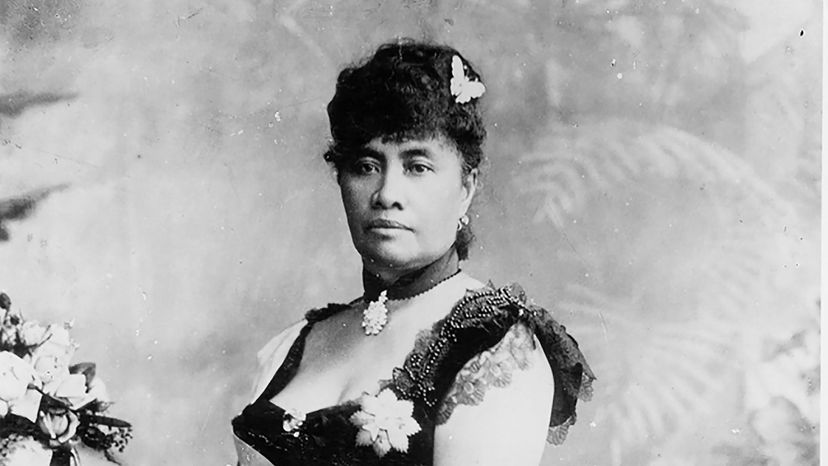
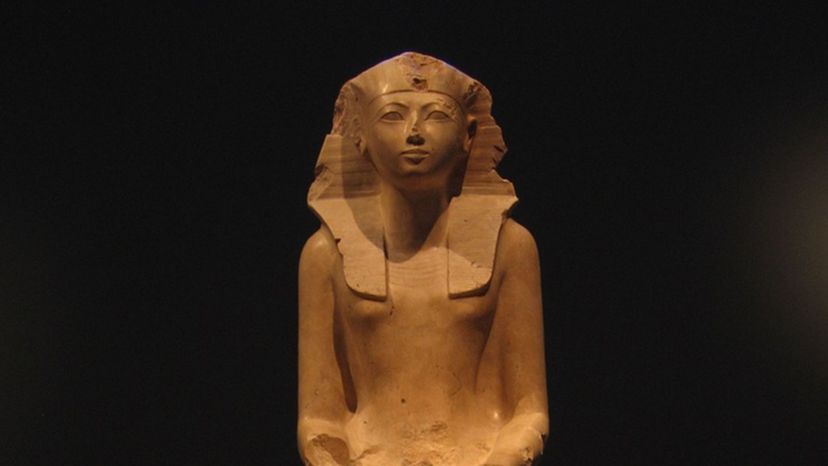
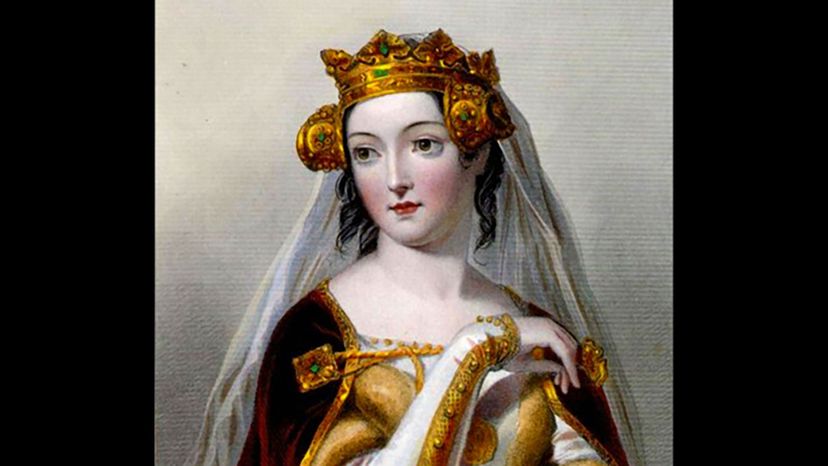
Advertisement
